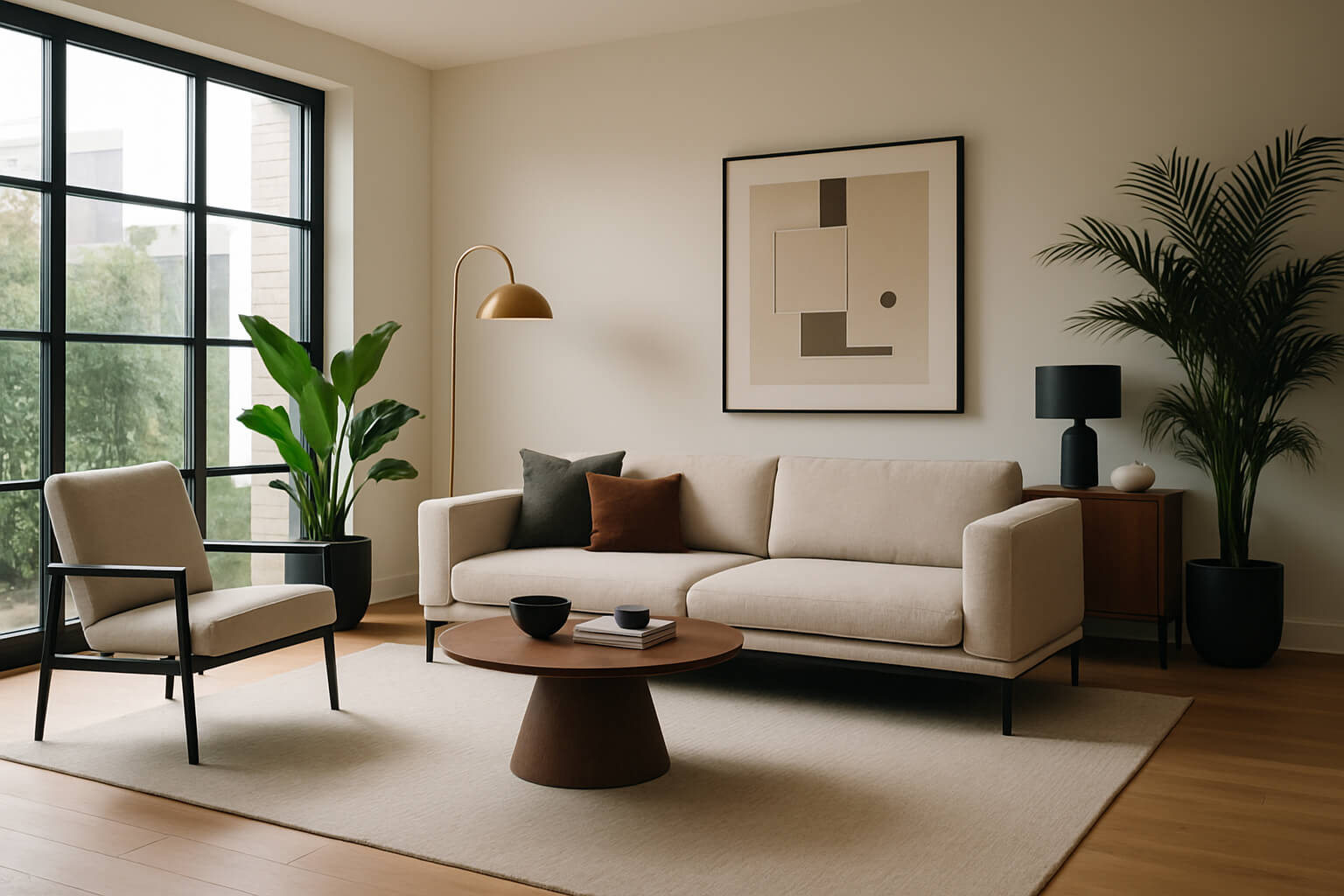Interior design photography is an art form that captures the essence of a space and its design elements. Whether you're shooting for a real estate listing, a design portfolio, or a home décor blog, knowing how to photograph interior design effectively is essential to showcase the beauty and functionality of the space. In this guide, we’ll walk you through everything you need to know—from essential equipment and settings to lighting techniques and post-editing tips.
1. Essential Equipment for Interior Photography
Capturing a well-lit, clear, and vibrant interior requires the right tools. Let's start with the basics:
- Camera and Lenses
- A wide-angle lens (16-35mm) is crucial for interior photography as it helps capture the entire room while maintaining correct perspective. Prime lenses with a wide aperture (e.g., f/1.4 to f/2.8) are great for focusing on details like textures and objects.
- For camera recommendations, you can check out the best cameras for professional photography beginners in 2025 to choose the best one suited for your needs.
- Tripod
- Using a tripod helps you achieve stability, especially when shooting in low light. It allows you to use slower shutter speeds without risking motion blur. Find the best tripods for travel and studio photography to make sure your shots are steady and sharp.
- Accessories
- A few essential accessories include a remote shutter release, lens filters, and possibly a reflector to bounce light. You can explore must-have camera accessories for more ideas on essential gear.
2. Lighting for Interior Photography
Lighting is perhaps the most important aspect of interior design photography. Without it, even the most beautiful rooms can look flat or uninviting.
- Natural Light
- Where possible, try to use natural light to illuminate the space. Soft, diffused light creates an inviting and vibrant atmosphere. Shoot during the day when the light is abundant, and open up all curtains or blinds. Learn how to make the most of natural light for stunning photos.
- Artificial Lighting
- In case of low natural light or evening shoots, artificial lighting becomes necessary. Studio lights or continuous lighting can fill shadows and highlight key features in the space. For more controlled results, learn the basics of artificial lighting.
- Mixed Lighting
- You can also combine both artificial and natural light sources to create a balanced look. However, be cautious of mixed color temperatures, which may require some color correction in post-production.
3. Camera Settings for Interior Photography
Getting the exposure just right is crucial to interior photography. Here's how to adjust your settings:
- ISO
- Keep the ISO low (around 100-400) to avoid noise. If you're using a tripod, you can afford to keep the ISO at its lowest and extend your shutter speed.
- Aperture
- Use a narrow aperture (e.g., f/8 to f/16) to get sharp focus across the entire room. This ensures that all elements—furniture, walls, and décor—are in focus.
- Shutter Speed
- Shutter speed should be adjusted to achieve a well-balanced exposure. If using a tripod, try 1/60 sec or slower. Longer exposures can capture more light in darker environments, but make sure to use a tripod to avoid blur.
Learn more about the ideal camera settings for different situations in how to take professional-looking photos.
4. Composition Tips for Interior Photography
Strong composition is essential for creating dynamic and visually appealing interior shots. Consider the following tips:
- The Rule of Thirds
- Position key elements of the room along the thirds grid. This creates a more visually engaging image, directing the viewer's eye naturally across the frame.
- Leading Lines
- Use elements like walls, floorboards, or furniture to create leading lines that guide the viewer’s gaze into the shot.
- Symmetry
- Many interior designs feature symmetry, so try to center the camera to highlight this. A well-balanced room is visually pleasing and creates harmony in your images.
Explore more on how to use composition in photography in how to use contrast in photography.
5. Post-Processing for Interior Design Photos
Editing is where you can enhance your interior design photos and make them look even more professional. Here’s what you can focus on:
- White Balance and Color Correction
- Make sure the colors in your photos look true to life. Adjust the white balance and correct color imbalances caused by artificial lighting.
- Exposure and Contrast
- Use contrast to add depth to your photos. You can also adjust the highlights and shadows to make the room appear brighter and more dynamic.
- Learn about color correction vs. color grading to better understand how to stylize your photos creatively.
- Remove Unwanted Objects
- If there are objects that distract from the main focus of the room, consider using tools like Photoshop's content-aware fill to clean up your shots.
6. Styling the Space for a Photo Shoot
Before you start shooting, take the time to style the space. Arrange furniture, clean the area, and remove any clutter. Sometimes small changes, like adding a vase of flowers or rearranging cushions, can make a significant difference in the final image.
Check out how to build a home photography studio for tips on creating the ideal photography environment.
Final Thoughts
Mastering interior design photography requires a blend of technical knowledge and creative vision. By using the right equipment, understanding lighting techniques, and paying attention to composition and styling, you can create stunning images that truly reflect the beauty of a space.
If you're looking to showcase your work, consider creating a portfolio on a professional website. Learn how to build a photography website for clients and start offering your photography services to those in the interior design and real estate sectors.
